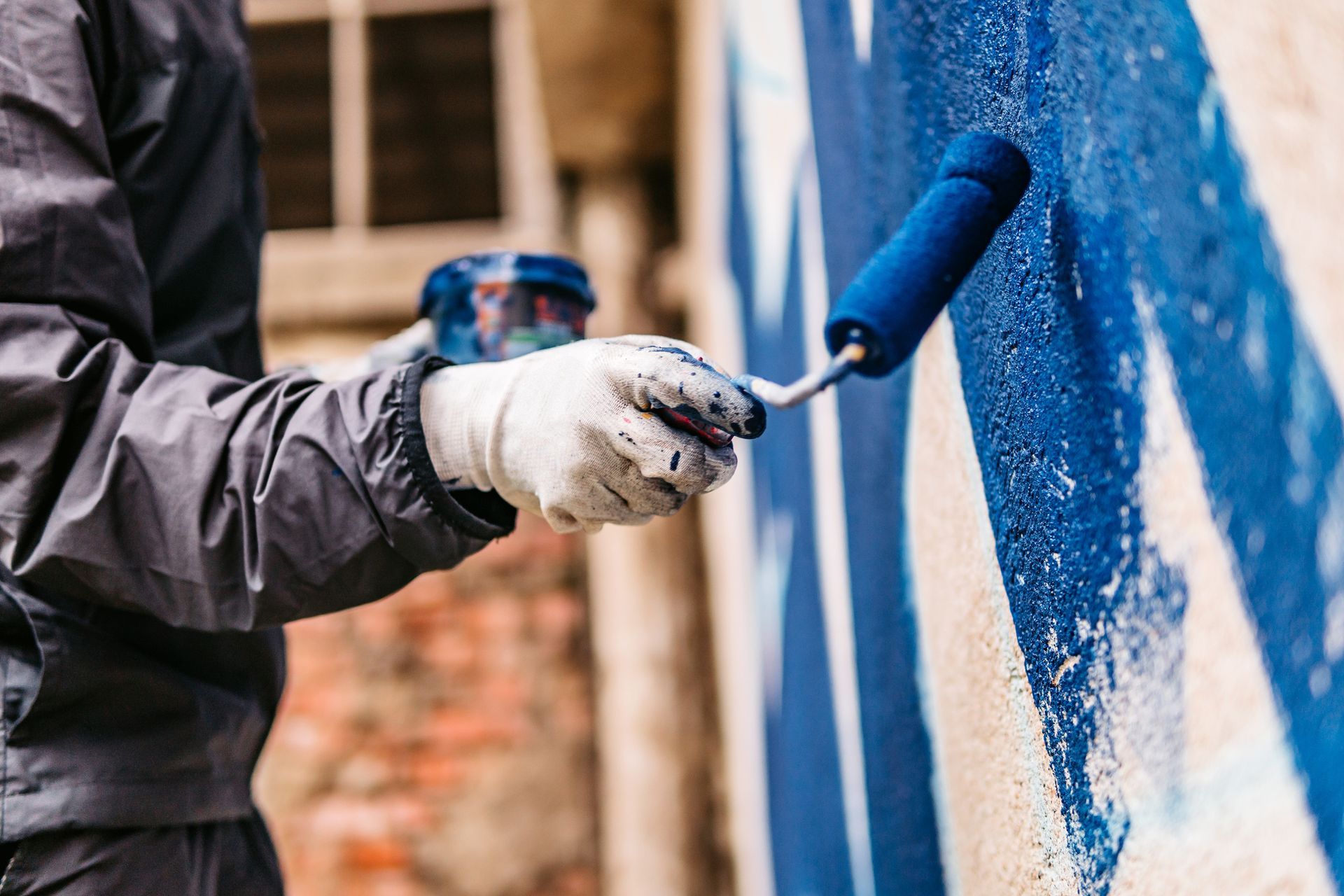Prepping Your Space for Painting: Tips and Tricks for a Smooth Finish

Painting might seem like a straightforward task – dip the brush or roller in paint and apply it to the wall. However, professionals and experienced DIY-ers know that the outcome of a painting project is determined long before the first coat is applied. Proper preparation is key to achieving that smooth, flawless finish. Here's a comprehensive guide to prepping your space for painting:
1. Clear the Room
- Remove Furniture: Where possible, move furniture out of the room. If that's not feasible, push everything to the center and cover with plastic sheeting or drop cloths.
- Take Down Wall Hangings: This includes artwork, mirrors, and any other decorative items on the walls.
2. Protect Floors and Fixtures
- Use Drop Cloths: Lay down canvas or plastic drop cloths to protect your floors from paint spills and splatters. While canvas is less slippery and absorbs spills, plastic is cheaper and can be reused.
- Tape Off Areas: Use painter's tape around trim, windows, and door frames. Ensure the tape is pressed down firmly to prevent paint from seeping underneath.
3. Clean the Walls
- Wash Away Dirt: A simple solution of mild detergent and water can be used to clean walls. This step is crucial as paint adheres better to a clean surface.
- Rinse and Dry: After washing, make sure to rinse the walls with clean water and let them dry thoroughly.
4. Repair Wall Imperfections
- Patch Holes and Cracks: Use spackling compound to fill in any nail holes or small cracks. For larger dents or holes, you might need patching plaster or drywall compound.
- Sand Smooth: Once the patching material has dried, sand the area smooth using fine-grit sandpaper.
5. Prime the Walls (If Necessary)
- Why Prime?: Priming can help cover old paint, especially if it's a darker shade, and ensures a uniform base for the new paint. It also improves paint adhesion, reducing blisters and peeling.
- Special Primers: For surfaces with stubborn stains or those that are porous (like new drywall), consider using a stain-blocking primer or a drywall primer, respectively.
6. Check Lighting
- Use Natural Light: Whenever possible, paint during the day when you can take advantage of natural light, which helps in revealing any missed spots or uneven application.
- Supplement with Artificial Light: On cloudy days or for rooms with limited windows, use bright artificial lights to ensure you're getting full coverage.
7. Keep Essential Tools at Hand
Prepare a painter's kit with brushes, rollers, paint trays, painter's tape, and a paint can opener. Having everything within reach saves time and reduces the hassle of searching for tools mid-task.
Contact Us Today!!! We Are Your Best Option For Your Next Project Our Number Is:
(425) - 470 - 6752



